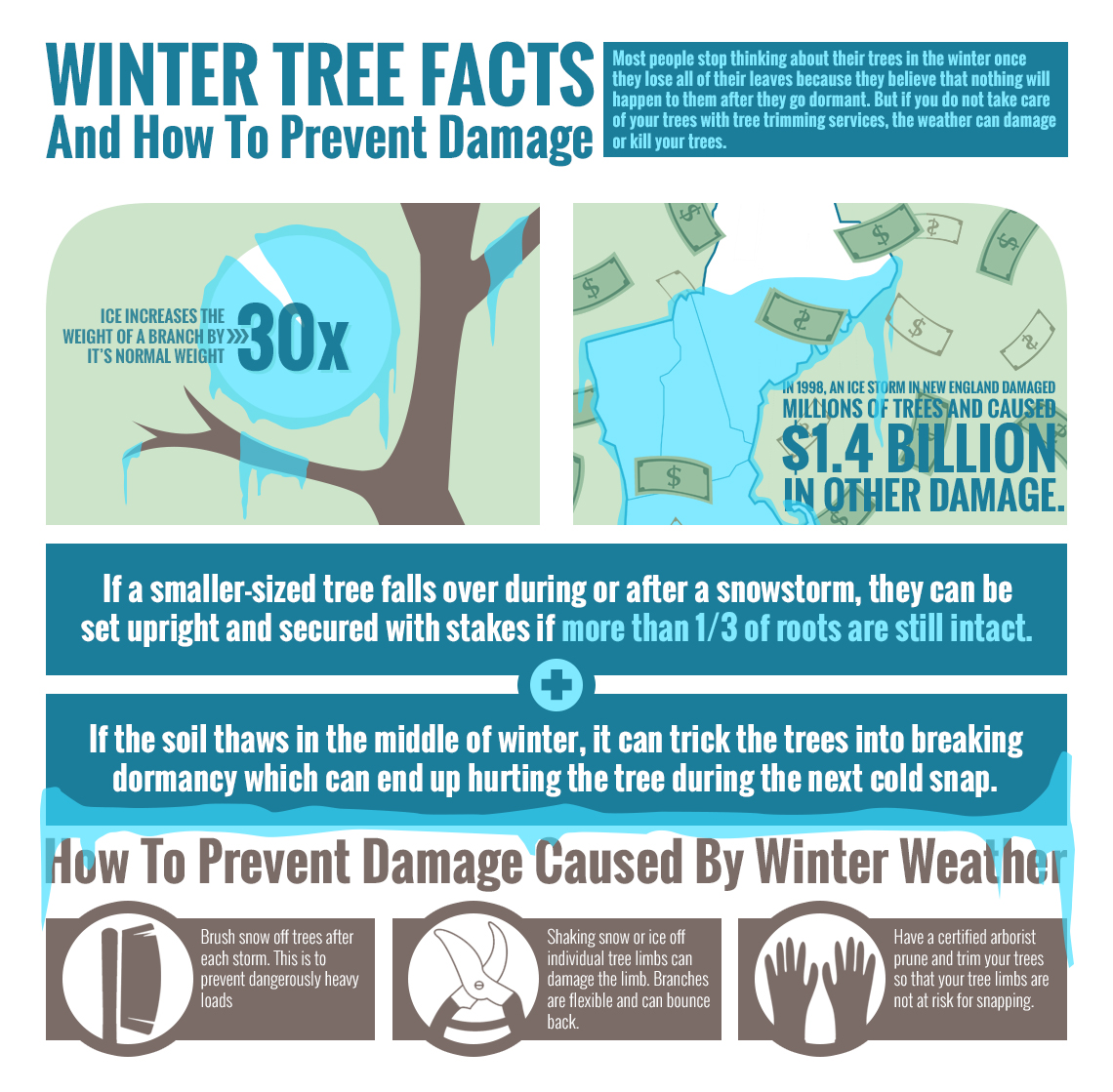Necessary Methods For Tree Pruning: Growing A Rich Landscape
Necessary Methods For Tree Pruning: Growing A Rich Landscape
Blog Article
Content Produce By-
When it concerns developing a landscape that grows, mastering the art of tree pruning is a must. Imagine being able to sculpt your trees with precision, ensuring their vitality and elegance for years ahead. By discovering the essential techniques for correct cuts, timing, and structural training, you hold the key to a growing outside space that will thrill all who encounter it. Yet how do these trimming approaches genuinely influence the health and wellness of your trees and the total landscape visual?
Proper Pruning Cuts for Tree Health And Wellness
When it comes to preserving the health of your trees, making proper pruning cuts is essential. Incorrect cuts can cause condition, insect invasion, and general tree decline. To make sure the vitality of your trees, constantly begin by using sharp, tidy devices to make accurate cuts.
Begin by identifying the branch collar, a puffy location where the branch affixes to the trunk. Reducing simply outside https://reportedtimes.com/global-electronic-nose-e-nose-devices-market-2020-outlook-current-and-future-industry-landscape-analysis-2025/ advertise proper recovery and lowers the threat of infection. Prevent leaving stubs as they can welcome insects and conditions right into the tree.
Bear in mind to make cuts at a slight angle, sloping away from the trunk, to stop water from pooling on the wound. Additionally, remove any type of dead, damaged, or crossing branches to boost air blood circulation and sunshine penetration.
Timing and Regularity of Trimming
To maintain the wellness and structure of your trees, recognizing the optimum timing and frequency of pruning is important.
The best time to trim trees is generally during the inactive season in late winter season or early springtime. Trimming during this duration helps promote new development once the tree starts budding in the spring.
Nonetheless, some trees, like spring-flowering ones, are best pruned right after they complete flowering to stay clear of cutting off next year's flower buds.
call maintenance is necessary, yet the frequency depends on the tree types and its development rate. For most trees, an annual inspection to remove dead, unhealthy, or crossing branches is recommended. Youthful trees may need even more regular trimming to establish a solid framework, while fully grown trees may just require maintenance trimming every few years.
Prevent trimming throughout the loss when diseases are a lot more easily spread, and avoid hefty trimming throughout the summertime when the tree is proactively expanding.
Training Young Trees for Structure
For establishing strong and healthy and balanced trees, training young trees for optimum framework is crucial. By forming a tree when it's young, you established the foundation for a durable and aesthetically attractive fully grown tree.
Begin by recognizing the central leader, which is the major upward-growing branch. Motivate the central leader's development by trimming away competing leaders, helping the tree create a strong main trunk. In addition, eliminate any branches that expand inward or downward, as they can trigger architectural issues as the tree grows.
It's important to room out lateral branches evenly around the trunk to promote balanced development. As the tree develops, continue to monitor its development and trim as required to keep its form and structure.
Correctly educated young trees are much less likely to create weak crotches or overcrowded branches, lowering the danger of damage throughout storms. Investing time in training young trees will pay off with a beautifully structured and durable tree in the future.
Conclusion
Now that you have actually understood the crucial methods of tree pruning, your landscape gets on its means to prospering. By utilizing sharp devices, making accurate cuts, and properly timing your pruning sessions, you are making sure the wellness and longevity of your trees. Remember to regularly examine and preserve your trees to keep them flourishing. With your newfound expertise, your landscape will remain to grow magnificently for years to come. Keep up the great work!
